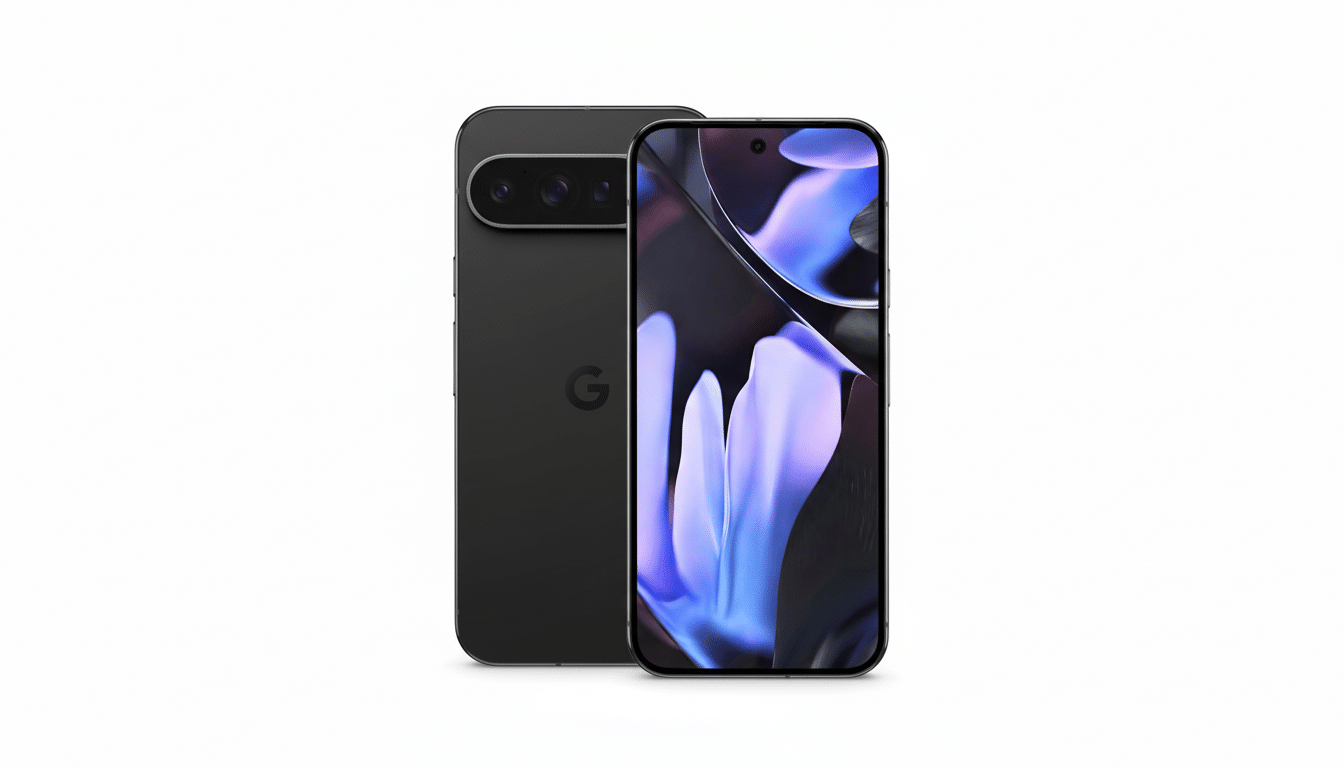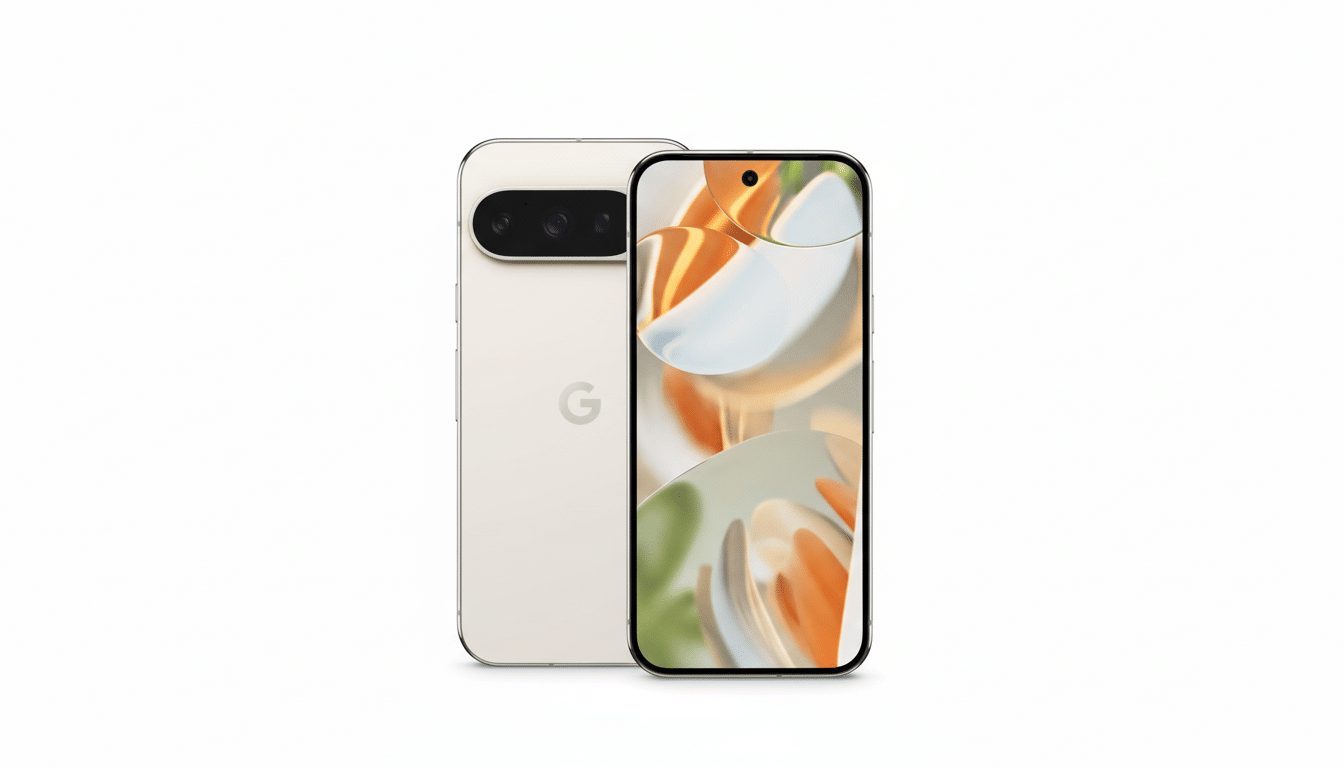For a brand that made its name with point‑and‑shoot magic, the Pixel 9’s camera processing feels like an unusually big clanger.
Many owners found that warm, bright scenes would be flattened into cold, blue-leaning images with muted reds, crushed greens, and purple tones steamrollered into cyan. This is not an idiosyncrasy, or a subjective “look.” It’s a systemic change in color science and post‑processing that breaks trust — and it’s unforgivable exactly because it can be fixed in software.
- What Was Different About The Pixel 9 Pipeline
- Real Scenes That Fall Apart in Warm, Mixed Lighting
- What Users and Reviewers Reported About Color Issues
- Why This Pixel 9 Color Shift Is Seen as Unforgivable
- What Google Should Do Now to Restore Accurate Color
- Workarounds for Pixel 9 Owners You Can Use Right Now

What Was Different About The Pixel 9 Pipeline
The computational pipeline of the Pixel 9 is seemingly optimizing aggressive white balance normalization and desaturation, especially in mixed or warmer lighting. Rather than retaining the dance of tungsten, neon, and ambient light, the phone steers toward a cooler anchor — scraping off what lends mood or feel to a scene. Reds tend toward rusty brown, oranges slide yellow, and magenta and purple tones lean blue. Greens lose their punch. The result is consistent enough across samples to represent a tuning choice, not a fluke.
Three things appear to be occurring: gray‑world bias in auto white balance, midtone compression from aggressive tone mapping that destroys color separation, and strong chroma noise reduction that saps low‑light images of saturation. And adding insult to injury is the preview‑to‑capture mismatch: the live view image often looks right but then the saved photo lands colder and flatter once multi‑frame processing is completed. There are feelings of being tricked by one scene on your phone, only for it to be saved as another.
Real Scenes That Fall Apart in Warm, Mixed Lighting
This is not just confined to exotic edge cases. Museum installations under warm spotlights, concerts washed in blue‑purple gels, city streets with sodium lamps, and even storefront signage and brand reds have taken a beating. Owners have recorded shots where a candied orange can turns a muddy yellow, green facades slip into teal, and mixed‑light interiors lose the amber sheen altogether. In side‑by‑sides, later Pixels frequently bring back the intended warmth: it’s clear the hardware was never the issue.
The Pixel 9, meanwhile, still can snap very good photos in daylight — that’s characteristically the dynamism-with-detail of a Pixel. But when the sun dips or hues become complex, the camera’s “corrections” overwhelm reality. That’s at odds with the promise of Real Tone and the brand’s long-held reputation for natural reproduction.
What Users and Reviewers Reported About Color Issues
Related accounts echo throughout the Google support forums and in massive Reddit threads on r/GooglePixel, with affected users detailing a continually cool cast and loss of color in warm or mixed lighting. In community polls with thousands of responses, more than half of Pixel 9 owners indicated that they were not consistently happy with color accuracy. A couple of independent reviewers and lab‑style comparisons have additionally noted the preview‑to‑capture discrepancy and an odd cool tilt under tungsten and stage lights. This is not a fluke, it’s not user error.

Crucially, the continued behavior of Pixel cameras after 5X zoom suggests that the problem is a matter of tuning — not hardware, like sensors or lenses. When new processing restores warmth, subtlety, and hue separation at the same time, it’s a smoking gun that the Pixel 9’s color model (and tone curve) need a corrective update.
Why This Pixel 9 Color Shift Is Seen as Unforgivable
Smartphone cameras are promises. Most people aren’t shooting RAW format and adjusting Kelvin sliders; they want the camera to represent what they saw. However, when a flagship bulldozes a sunset into pancake-flatness, sterilizes a concert, or hoovers the atmosphere right out of an art gallery, there’s not just no shot made — those memories have actually been rewritten. And, because the mismatch occurs after you tap the shutter, you don’t even realize that your photo has been “corrected” until it’s too late to take another shot.
This is especially galling because Google has the tools to end this scourge. The company already delivers camera algorithms via modular pieces such as Pixel Camera and camera services updates. The silence and delayed responses leave loyal users with libraries full of miscolored images and no way to restore them.
What Google Should Do Now to Restore Accurate Color
- Re-tune auto white balance to preserve warm light and mixed sources, not averaging them out. WB with multiple zones and scene‑aware anchoring would help to maintain color contrast.
- Reduce chroma noise reduction and adjust tone curves so mids keep saturation and separation, especially in low light.
- Make preview match capture. Display that the saved photo will be cooler or flatter in the viewfinder, then provide an option to turn off the “look,” if you wish.
- Include a Color Accuracy or “True Scene” profile alongside the default pipeline, and enhance Pro controls with a dependable WB lock and Kelvin slider in all modes.
- Ship the fix as a high‑priority Pixel Feature Drop or camera services update, and document the changes so users know their photos will continue to stay true.
Workarounds for Pixel 9 Owners You Can Use Right Now
While we wait for a proper fix, there are some steps you can take to mitigate the damage. Shoot RAW+JPEG so you have a DNG with a (less heavy) color cast; for the most part editors will let you bring back the warmth in post from the RAW. In Night Sight, turn off auto white balance to maintain ambient tone. Tap‑and‑hold to lock focus and exposure, then recompose; this generally minimizes the post-capture shift. And when scene color counts, quickly bracket with a third‑party camera app to cover your back.
But the bottom line is hard to avoid: This time, the Pixel 9 had not just selected a new aesthetic; it imposed new terms — colder, harsher ones — on moments that deserved better. Google can fix this. Until it does, the company owes Pixel 9 owners something more than just apologies — it owes them color that they can trust.

